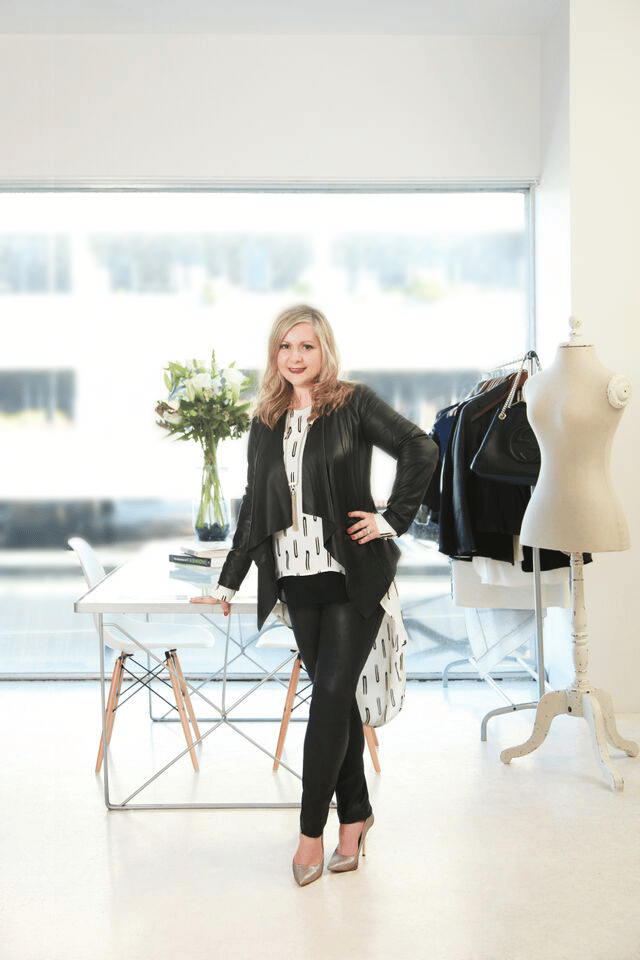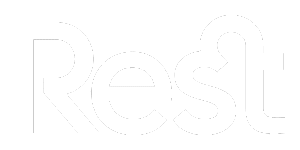Founder and client advocate of Fashion Equipped, Elizabeth Formosa and her team provide relevant information, expertise, tools, ideas, direction, networking and motivation to clients, guaranteeing they are not alone on their journey to successfully starting a fashion business.
Elizabeth will be sharing her wealth of industry knowledge and experience as a keynote speaker during the seminar series at the International Sourcing Expo Australia (www.internationalsourcingexpo.com), which is taking place from 15 – 17 November at the Melbourne Convention and Exhibition Centre.
Here are Elizabeth’s top tips on navigating the International Sourcing Expo Australia to ensure you ask the right questions of suppliers and manufacturers to get the most out of your visit:
1. COME PREPARED
Preparation is EVERYTHING! Ensure you set yourself clear goals on what you want to achieve from visiting the International Sourcing Expo Australia. Otherwise you may wander around aimlessly for hours and leave overwhelmed and disappointed.
2. DO YOUR RESEARCH
As a business owner you have choices. So when it comes to manufacturing your product, which is the core of your business, you may choose to source offshore, locally or a combination of the two.
No matter which sourcing model you decide on, it’s critical that you are fully informed about all your options and what the costs are before making a final decision.
This takes research and the ability to ask a lot of the right questions.
The aim is to develop long term relationships with your suppliers, to ensure you have a reliable and trustworthy supply chain in place.
There are so many elements you will be required to become familiar with and leaving any loose ends in this area will lead to the unravelling of your supply chain and possibly the entire foundation of your business.
3. CHOOSE WELL
Who is the right sourcing partner?
The most common question I am asked is, “how do I find a supplier?”
Suppliers are everywhere and you will literally see hundreds of them at the International Sourcing Expo.
So to find the right sourcing partner, you need to ask yourself, “What does my business require?” and from here develop your “sourcing criteria” accordingly.
Your sourcing criteria may look something like this:
• Manufacturing Location
• Minimum orders requirements
• Category (i.e. women’s dresses, specialising in silk)
• Ethical Sourcing Accreditation
• Manufacturer already trading with the Australian market (this allows you to reference check)
• Meets target cost and minimum requirements
• Access to their factory to inspect goods prior to shipping
• Payment Terms (deposit up front and balance upon shipment)
4. YOUR CHECKLIST
TOP 3 QUESTIONS TO ASK
1. Cost of their products
2. What are their minimums
3. Lead-times
If their answers do not meet your criteria then move on…
What to consider before you pass GO
• Have your sourcing criteria checklist in hand
• Your ultimate objective is to connect with a credible supplier
• Referrals and recommendations bring credibility – ask to connect with another Australian customer
• Prepare a clear product briefing – your potential supplier needs to clearly understand what you are looking for
• Ideally you would have development samples, trade sketches, construction details and specifications developed and ready to show a supplier
• Prepare your target cost prices – understanding what you can afford to pay for your products and make a profit is key
• Know what minimum order quantities you are looking for – ideally have an inventory plan developed that outlines the number of styles per colour, by size and total quantity for each
• Consider the quality standards your business requires (good quality is very subjective – consider how you will communicate your expectations to a supplier)
• Consider how you intend to manage your Quality Control – will you visit the factory or outsource this role
• Based on your requirements, ask about the sampling process and costs
• Ask about production lead-times and be aware there is a production process that needs to be followed. This will include fitting samples and approving fabrics, colours and trims
• Ask about fabric testing relevant to your product such as shrinkage, colourfastness or pilling. These tests usually come at an additional cost
• Depending on the country of origin you may need to consider duty rates, taxes and Customs clearance
• You may need a freight forwarder to handle logistics – shipping/handling and delivery or will the supplier ship to your door
• You need to consider the insurance of your goods while in transit
• You should have trading terms in place with all suppliers – this should outline your expectations and the supplier needs to agree to these (this can be negotiated)
• Ask about payment terms – often these are a 30% deposit and balance upon shipment
The proof is always in the pudding (or in this instance, the garment).
So if you have found a source that you think is workable, it is highly recommended that you start slowly.
Provide them with a clear brief and ask them to make a sample and provide a cost quotation.
Assess the working dynamic and go from there.
5. PREPARATION IS THE KEY TO SUCCESS
The more thoroughly prepared and organised you are, the more likely you are to be successful in your search for the ideal supplier.
You want to present yourself in the most professional way possible to a potential new sourcing partner and have some understanding of the process.
A good sourcing partner will become the backbone of your business (let’s face it, without one you don’t have a business). So give this process the time, research and attention it deserves and enjoy the International Sourcing Expo Australia Good Luck!
To register your interest to attend Elizabeth’s seminar presentation Top tips when starting a fashion business at 9:30am on Wednesday, 17 November at the International Sourcing Expo Australia, visit http://www.internationalsourcingexpo.com/seminars

